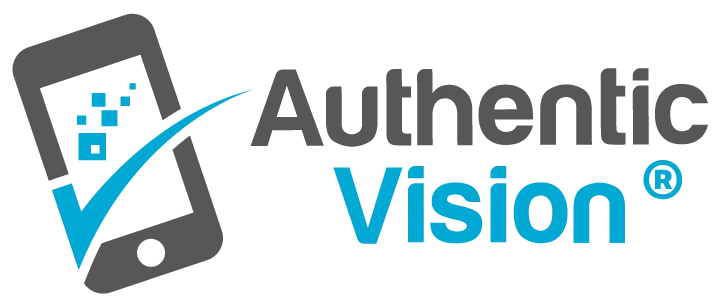Circular Economy: Keeping Green Good
Most everyone understands the value of recycling. It’s a virtuous circle. Once begun, the impact is limitless. There’s a clear business and social value driving the Circular Economy.
Green is good, and so is saving energy and related costs when economies and societies reclaim refined materials and precious resources, and return them to use in new forms. It means one less thing we need to take out of the earth. Recycling existing metal, using incinerators, causes much less environmental damage than mining it. Pulping reclaimed paper saves trees and reduces greenhouse gases.This appeal of waste is not wasted on counterfeiters. Recycling fraud is on the rise. According to the L.A. Times, illicit recycling is depleting California’s $1.1-billion recycling fund. Officials estimated the fraud at $40 million a year, and one industry expert said it could exceed $200 million.
But let’s talk about more lucrative targets for counterfeiters:
The global electronic recycling market is estimated by Marketwatch to be $114B (U.S.) by 2024, growing at over 23% annually. This includes computer recycling, electronic recycling and e-waste recycling (the disassembly and separation of additives and raw materials of waste electronics). New collection methods, government incentives and recycling technologies are key drivers in what has become a new industry unto itself.
The Circular Economy has two rings, an “outer” ring of OEM’s designing products for easier disassembling and recycling, and an “inner ring” of reuse and repair. While the overall focus is policy-driven, diverting waste electronic and electrical equipment from landfills and getting consumers to recycle end-of-life gadgets, the operational fine points of reuse and repair will depend on a unique knowledge base for repair and reassembly. Manufacturers will find that it’s worth sharing intellectual property, in exchange for the brand lift from disclosing how the components can be separated and reused efficiently.
When authentic products, like electronics, are manufactured under strict regulations, it will include clear standards and instructions for the growing network of repair providers.
For durable and consumer goods, the label can play an integral part in maintaining product integrity in the circular economy / recycling. A label from an authenticator like Authentic Vision will not only guarantee authenticity, but post-scan incentives (product registration and consumer education) will inform the customer about repairs and recycling.
Authentic Vision’s unique Holographic Fingerprint™ enables the authentication of each product on every smartphone with the free ‘CheckifReal’ app. Each scan provides precise geolocation of counterfeiting attempts, increasing effectiveness and efficiency of enforcement efforts.
Based on the uniqueness of each Holographic Fingerprint™, the Authentic Vision label also functions as a crypto anchor. The crypto anchor provides a secure digital identity, based on the data, value added services, history and ownership elements that are essential to determining tracking and tracing in distributed systems.
Reverse logistics and recycling processes are protected by real-time market data and insights on channel and buyer behavior. The mobile delivery of product information and product registration is enhanced by higher levels of consumer communication, engagement, and up/cross-selling.
The Circular Economy works when authentication is built into every cycle.

